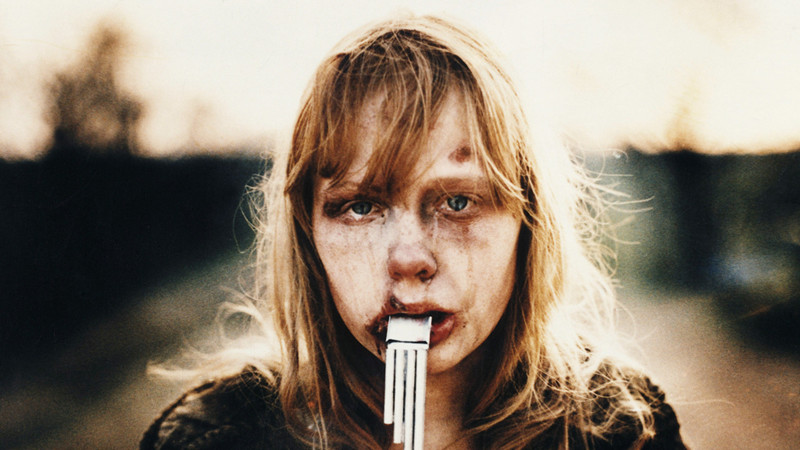
Sometimes, morbid curiosity takes hold of the best of us film lovers. You’ve most likely all heard of the classic examples of extreme and disturbing cinema that often appear in lists similar to this such as the headache-inducing Irreversible (2003) or the infamous Salo or The 120 Days of Sodom (1975), but let’s look outside the box and delve into cinematic hell itself to truly find the most challenging film experiences you can possibly endure.
15. Dead Man’s Letters (1986, Directed by Konstantin Lopushanskiy)
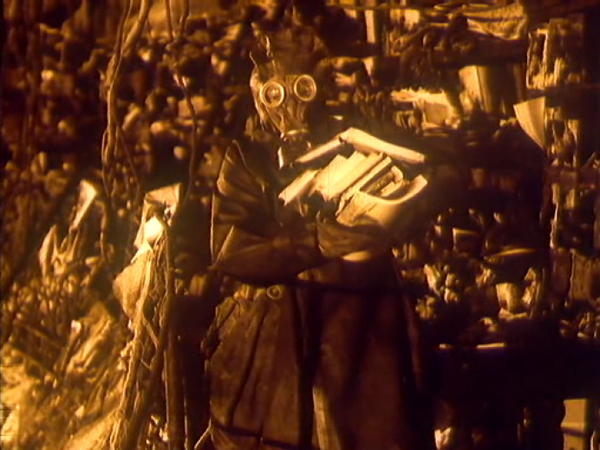
Often compared as a heavier, apocalyptic version of Elem Klimov’s Come And See (1985), this is a film that throws human compassion out of the window and focuses on the pessimistic future ahead after a nuclear war ravages almost every living being in Russia. The entire film drips with unapologetically bleak atmosphere and could be a contender for one of the saddest anti-war films ever created.
It’s shot with gritty restraint and becomes almost unwatchably distressing as the film slowly proceeds to a horrifying yet unsurprising climax that you won’t forget any time soon.
14. Kanal (1957, Directed by Andrzej Wajda)
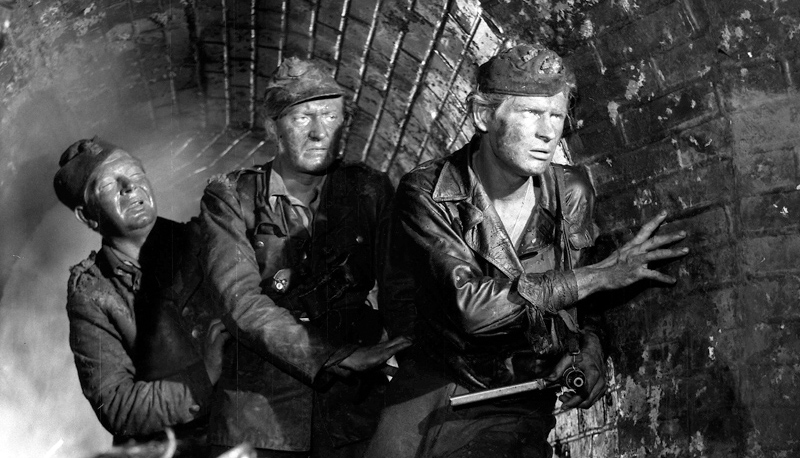
Kanal is a brutally scathing descent into the Warsaw uprising in which a company of resistance fighters find themselves desperately escaping Nazi occupation through Molotow’s sewer system; in other words, hell itself. These poor men and women are subjected to having to trudge through knee-deep, disease-ridden sewer water while fighting off oxygen deprived hallucinations and uncontrollable paranoia.
Stylistically restrained but beautifully shot, Kanal is a devastating fight for survival within a time in which war had ravaged everything these people had ever loved or cared for, their one and only daily goal is to survive and move on. Often distressing to watch but it never once loses its visceral power.
13. Goodbye CP (1972, Directed by Kazuo Hara)
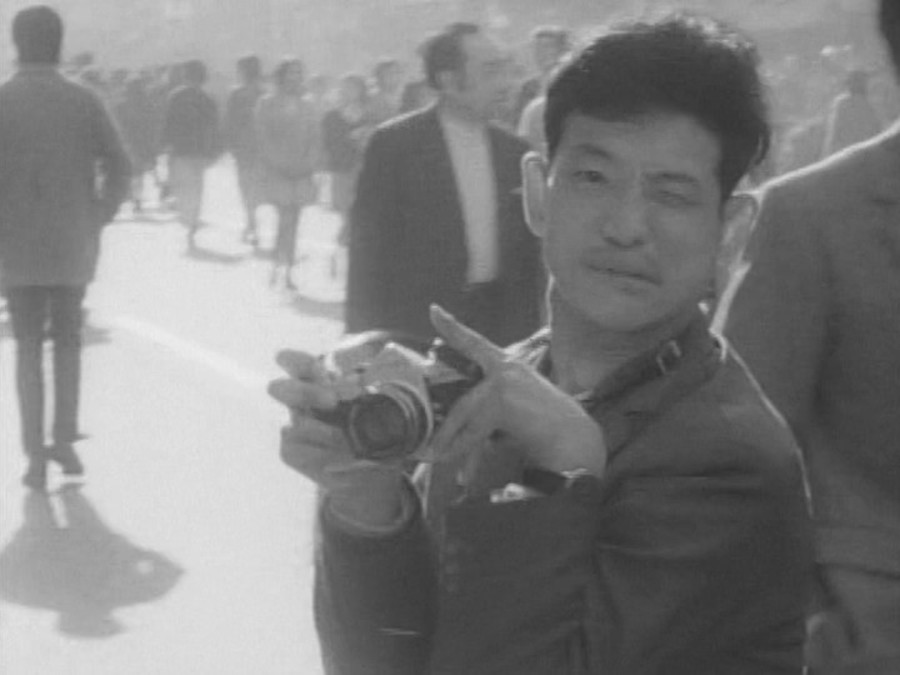
Kazuo Hara is a Japanese documentary film-maker, who within his brief career made a handful of extraordinary yet widely unknown documentaries that challenged and broke various boundaries of what was considered suitable to show on screen within a documentary context.
Goodbye CP is no different. Hara steps back and simply examines how a Japanese man born with extreme cerebral palsy attempts to live as normal as he possibly can, refusing the aid of a wheelchair nor the help of others in his daily pursuit of trying to earn some money.
It’s a difficult watch since Japanese society at the time had a strong stigma against disabled people, and Hara’s stripped back and minimalistic approach leaves no room for any form of sympathy or attempted humanization; it’s just simply showing how this man has adapted to life and the hardships he follows on a daily basis.
12. Titcut Follies (1967, Directed by Frederick Wiseman)
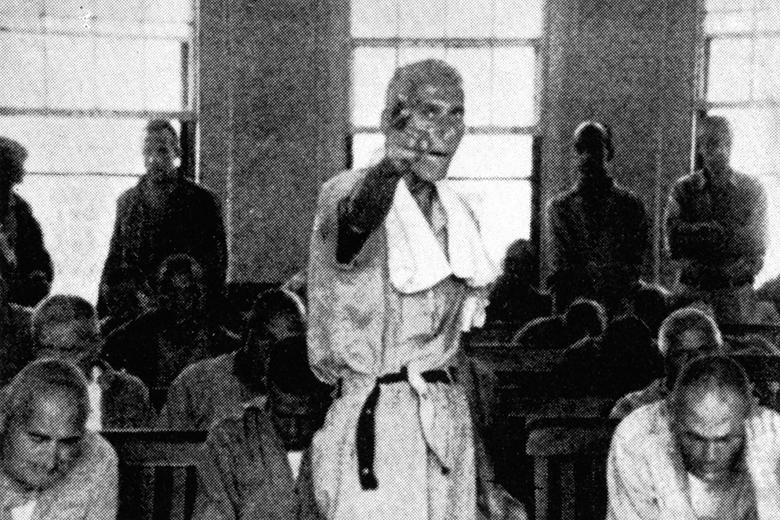
Once again another aesthetically simple documentary, this time with an unflinching look into how inmates within the State Prison for the Criminally Insane in Massachusetts were treated in the late 1960’s. You as a viewer, once again, are subjected to a stripped back observational style of film and are given to endure various sequences of mentally challenged people being force-fed and physically hurt over the course of 85 minutes.
Obviously controversial at its time of release, Titcut Follies was banned for 25 years and is still today an incredibly difficult film to get hold of but nonetheless an important one.
11. The Bunny Game (2010, Directed by Adam Rehmeier)
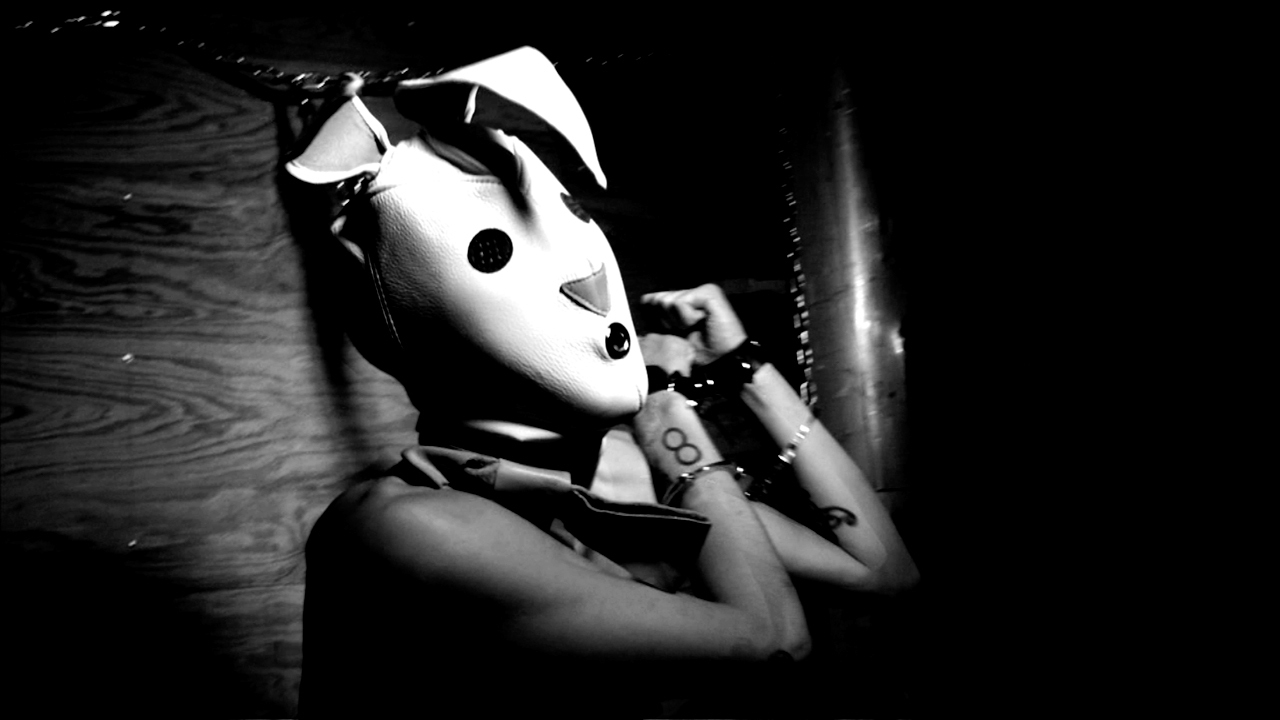
If you want a guaranteed migraine, look no further than The Bunny Game. It’s one of the most headache-inducing, soul-shattering and utterly annoying films you’ll have the displeasure of watching; but that’s its one and only aim and by god, it succeeds! You’ll be watching nothing but emotional and physical abuse for the films 76-minute running time as a disgruntled truck driver kidnaps a prostitute and puts her through hell.
The editing is so horrendously messy and hyper-fast paced that it just ends ups becoming the ultimate cinematic audiovisual endurance test. It’s a real challenge to get through.
10. Clean, Shaven (1993, Directed by Lodge Kerrigan)
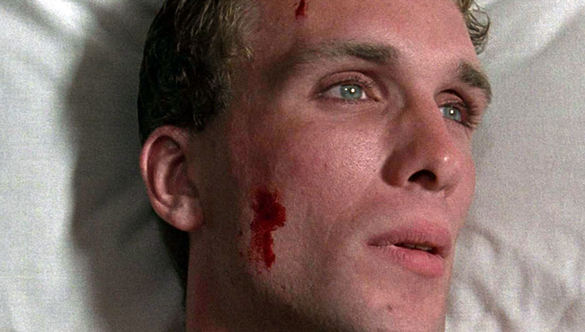
This is a super nightmarish audio-visual experience that attempts to accurately represent schizophrenia in the most stylistically matter of fact way possible. There’s some gnarly self-harm at points and the general atmosphere of the film is incredibly depressing.
It’s a masterclass of editing and sound design as most of the film features little to no dialogue, relying solely on the haunting sounds and visual paranoia our main character is tormented within his daily life to drive the audience’s interest forward; it’s often unsettling and distressing to watch but nonetheless powerful.
9. Black Sun: The Nanking Massacre (1995, Directed by Mou Tun-fei)
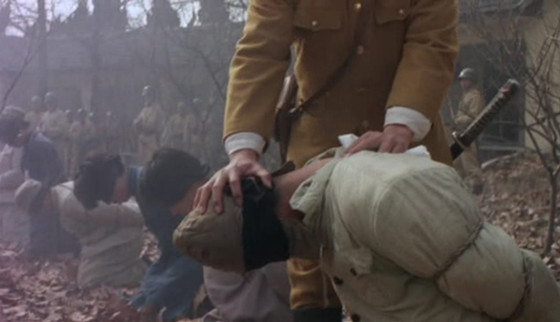
Here, the director of the infamously gruesome Men Behind The Sun, has somehow topped himself in terms of disturbing cinema and created a 90-minute endurance test of horrific imagery pummelling you frame to frame with extremely graphic stock footage weaved in-between scene after scene of the massacre of Nanking. It may not have exactly aged fantastically, but it still stands as an important film to behold; one in which is gratuitously violent but for good reason and you can feel the anger from behind the camera.
There is a horrific scene in which a young boy is forced to watch his baby sister get brutally raped and burnt alive by Japanese soldiers while his grandmother is pushing him away, forcing him to run as he’s only trying to understand and help his little sister amid all of the war-driven confusion. It’s just as heartbreaking as it sounds, and most of the film plays out this way… a difficult watch is an understatement.